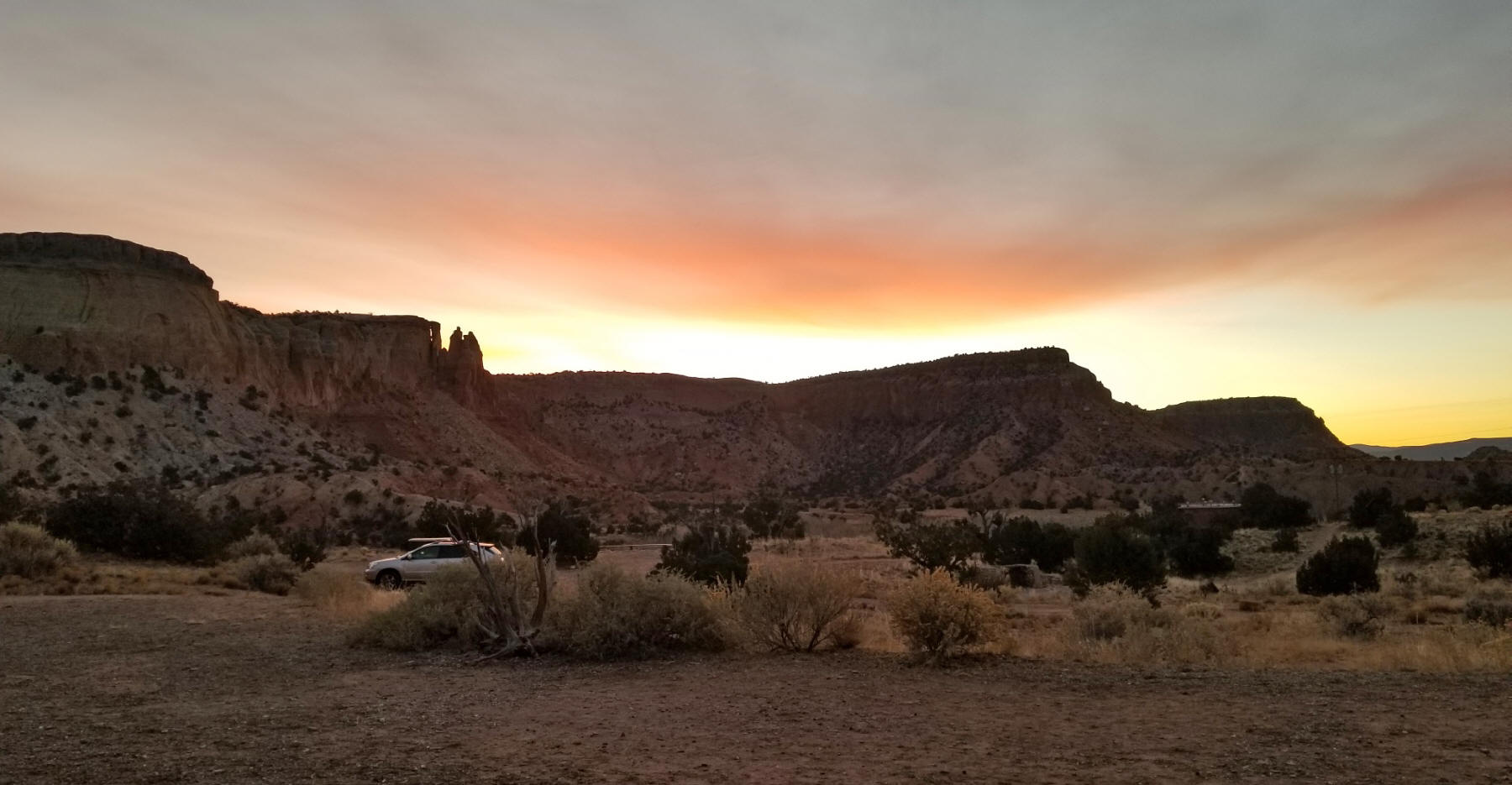Where Jacksonville began at Fort Caroline
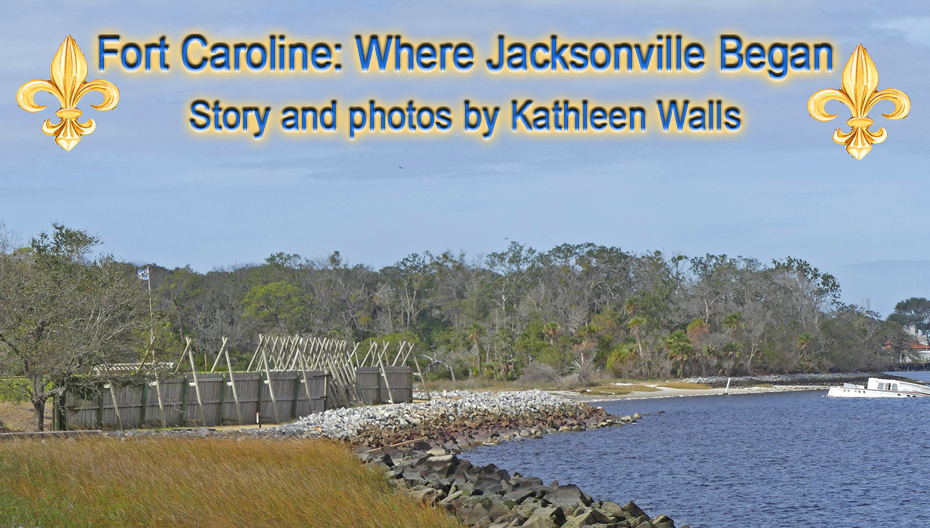
Story and photos
by Kathleen Walls
Published
6-13-2024
For those who decided Forbes recent
statement tha tJacksonville is the worst place to visit, I beg
to differ. There is so much to see and new things like the USS
Orleck have brought miore visitors to the River City. Jacksonville
has a good hold on
the tourism market. People come to see the art museums, like
Cummer and Museum of Contemporary Art (MOCA). They visit
TIAA Bank Field to see the Jaguars play football. They ride
the River Taxi for a Sunset Cruise or over to
see The Museum of Science & History (MOSH) but they often miss
the original Jacksonville. Did you know that had the weather
had been different, Jacksonville might be Florida, and the
United States', oldest city?
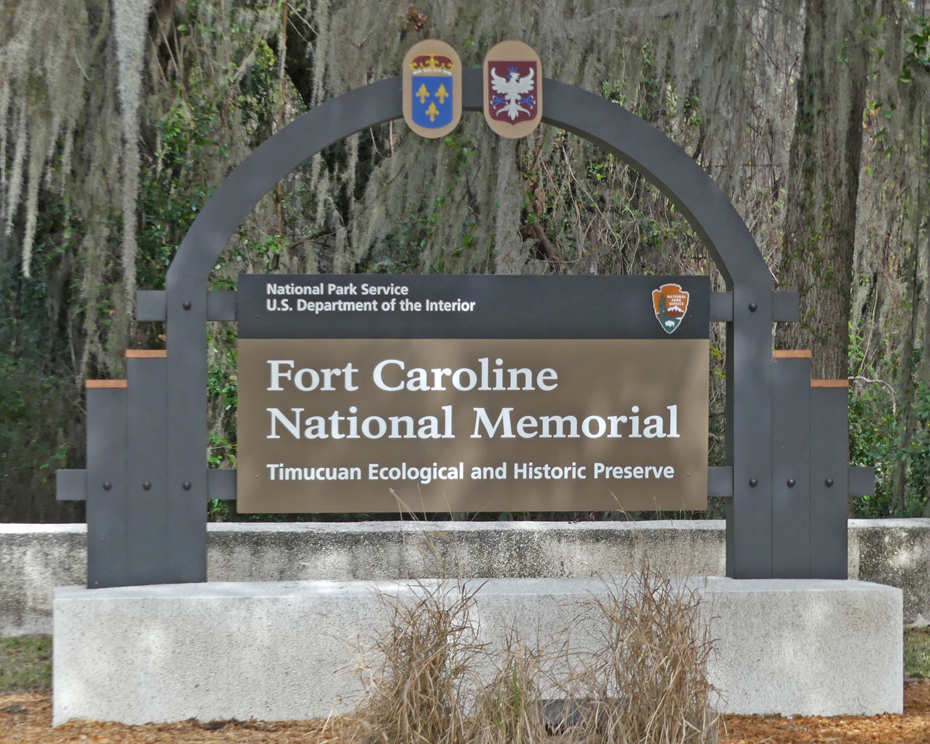
 ; ;
Timucuan Ecological and Historical Preserve
I learned so much aobut Jacksonville's
beginnings when I visited the preserve where Fort Caroline is
located. It's in the northeastern corner of Duval County.
Timucuan Ecological and Historical Preserve
is a
46,000 acre area that protects some of the most environmentally
sensitive marsh and waterfront ecosystem in the state. This
is where the Saint Johns and Nassau rivers,
Jacksonville/Duval County's northern boundary, merge into the
Atlantic Ocean. It's a treasury preserving a tiny bit of North
Florida as it was when the first settlers stepped ashore.
Another treasure is there; the preserve encloses some of
Florida's earliest history.
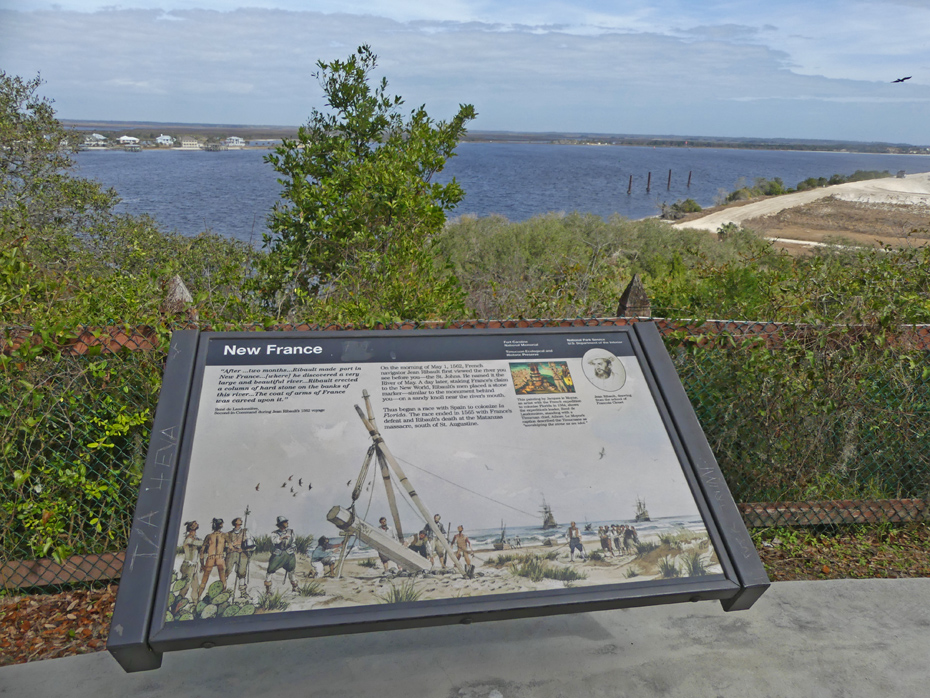
Jacksonville's Early History
Had the winds of fortune blown differently (literally),
Jacksonville would be America's oldest city. About a year
before Pedro Menendez established St. Augustine, French
Huguenots settled here. They called their settlement
Fort
Caroline in honor of the French King Charles IX.
When the Spanish Catholics came to settle Florida, conflict
was inevitable. Both men were charged with claiming Florida
for their respective countries. On September 5th, the two men
made first contact, Menendez on his San Pelayo
and Ribault on his flagship Trinity. A few
shots were fired and the French slipped away.
Menendez returned to San Augustine. The two colonies
were just about 38 miles south apart. Realizing their
vulnerability, Menendez sent his big galleons that could not
cross the shallow harbor bar, back to Santo Domingo on
September 10th.
Ribault pursued the departing Spanish vessels. A sudden
Florida hurricane blew into the French ships and wrecked them.
Menendez, realizing Ribault could not return to Fort Caroline
in time to prevent an attack, marched his men overland to Fort
Caroline. Menendez captured it without any losses. Of the 240
Frenchmen, the Spanish killed 132, sparing only a handful of
Catholic Frenchmen. A few escaped but the victory was
overwhelming.
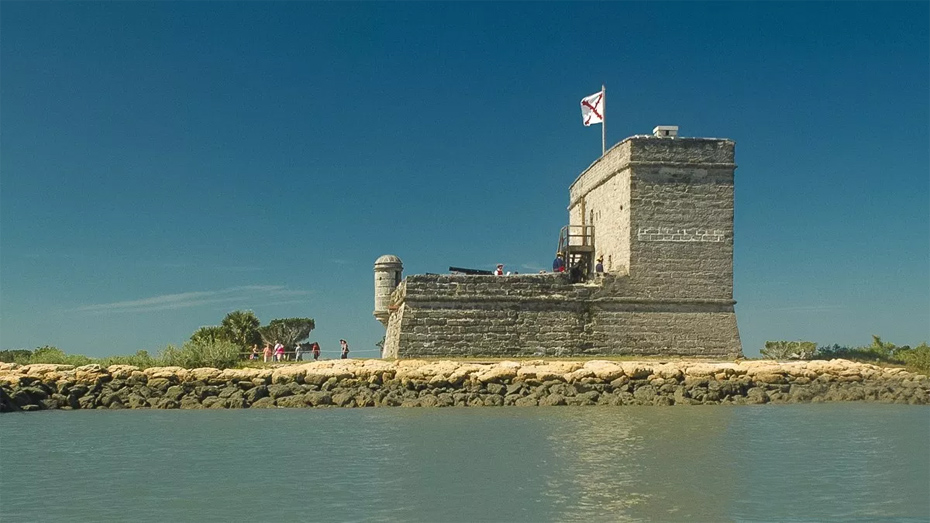 |
| Today a replica of a later Spanish fort marks the
massacre site. It's a few miles south of St. Augustine
Beach off A1A |
Meanwhile, two separate groups of shipwrecked Frenchmen were
walking through woods and swampland back towards Fort
Caroline. When Menendez learned of this, he marched south with
about 50 to 70 men. They found the first group of 126 drenched
despairing Frenchmen near the south end of Anastasia Island.
There, at a small inlet, he encountered the first contingent.
With little choice, they surrendered to him. Menendez ordered
all killed with the exception of 15 Catholics. On October
12th, Ribault and remaining 350 Frenchmen reached the inlet.
About half of the Frenchmen surrendered and the rest decided
to take their chances in the woods rather than trust Menendez.
All but 16 prisoners were rounded up and slaughtered in the
already bloody marsh. Today, that inlet is called Matanzas,
Spanish for slaughter.
Because of an ill wind, France forever lost her chance in
Florida. There would not be another town here until 1822, the
year after Spain ceded Florida to the United States. It was
originally known as known as Cowford because this was where
the settler drove their cattle across the St. Johns River.
Then in 1822, it was mapped as a town and named Jacksonville
after Andrew Jackson, Florida Territory's provisional
governor.

Fort Caroline National Memorial
Fort Caroline National Memorial memorializes the short-lived
French presence in sixteenth century Florida. The site hosts
the visitor center and a small museum that tells the history
of Fort Caroline's French Huguenot settlers, the early
Timuquan Native Americans influence, and the ecological
factors of this land. It's open 7 days a week is from 9 am to
4:45 pm.
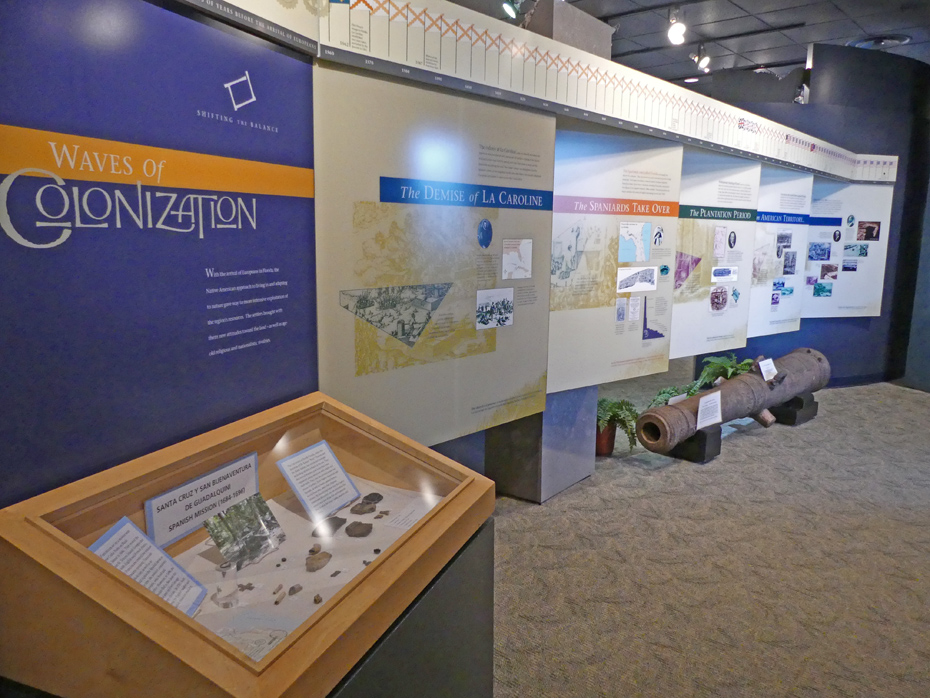
The displays inside tell of the settling of Jacksonville and
have many actual artifacts. When the French settlers arrived,
the Timucuans helped the settlers acclimate to this new wild
land.
The Timucuans knew how to use nature's resources; shells for
tools, fiber and baskets were created from saw palmetto, logs
were hollowed to make dugouts. Because of the huge water
resources, fish and shellfish were a main source of food. The
French landed named the huge river The River of May. Today we
call it the Saint Johns River. Nearby Mayport memorializes
that earlier name.
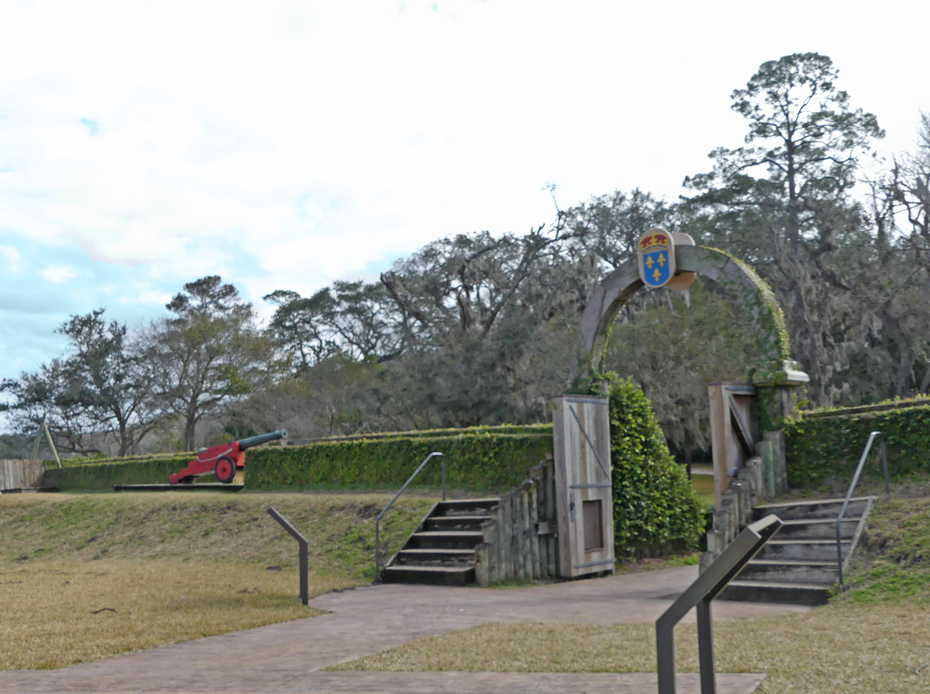
The reconstructed Fort Caroline shows how the settlers built a
village here. There's a replica of an oven. Ovens were built
outside the fort to prevent the fire from igniting gunpowder.
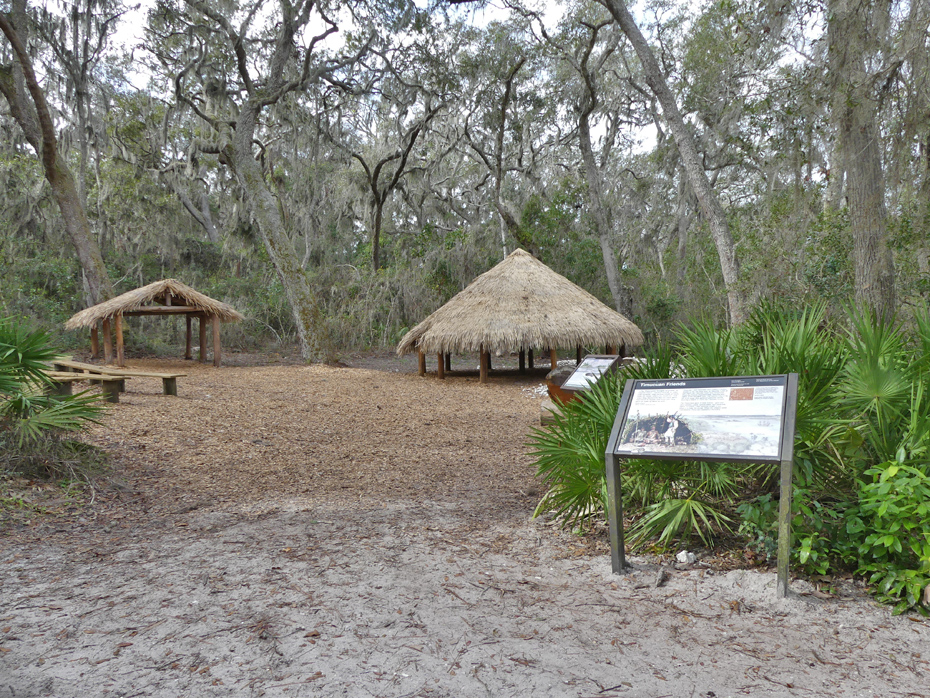
There's a replica of a Timucuan home and shelter with a
Timucuan dugout You enter the fort through gates with a French
coat of arms. You'll see the cannon replicas that were
supposed to protect the fort. This fort replica is about one
third the size of the original fort.
Just a short distance away, Ribault Monument stands
overlooking the St. Johns River. It replicates the stone
column Ribault erected, bearing the coats of arms of the
French king and claiming Florida for France, in 1562. The
native Timucuans often decorated the marker and revered it.
Next time you visit Jacksonville, go see where it all started.
We'd love your comments!
Public Disclosure
Please Read
FTC has a law
requiring web sites to let their readers know if any of the
stories are "sponsored" or compensated. We also are to
let readers know if any of our links are ads. Most are not.
They are just a way to direct you to more information
about the article where the link is placed. We have several ads
on our pages. They are clearly marked as ads. I think
readers are smart enough to know an ad when they see one but to
obey the letter of the law, I am putting this statement here to
make sure everyone understands. American Roads and Global
Highways may contain affiliate links or ads. Further, as their
bios show, most of the feature writers are professional travel
writers. As such we are frequently invited on press trips, also
called fam trips. On these trips most of our lodging, dining,
admissions fees and often plane fare are covered by the city or
firm hosting the trip. It is an opportunity to visit places we
might not otherwise be able to visit. However, no one tells us
what to write about those places. All opinions are 100% those
of the author of that feature column.
| 
